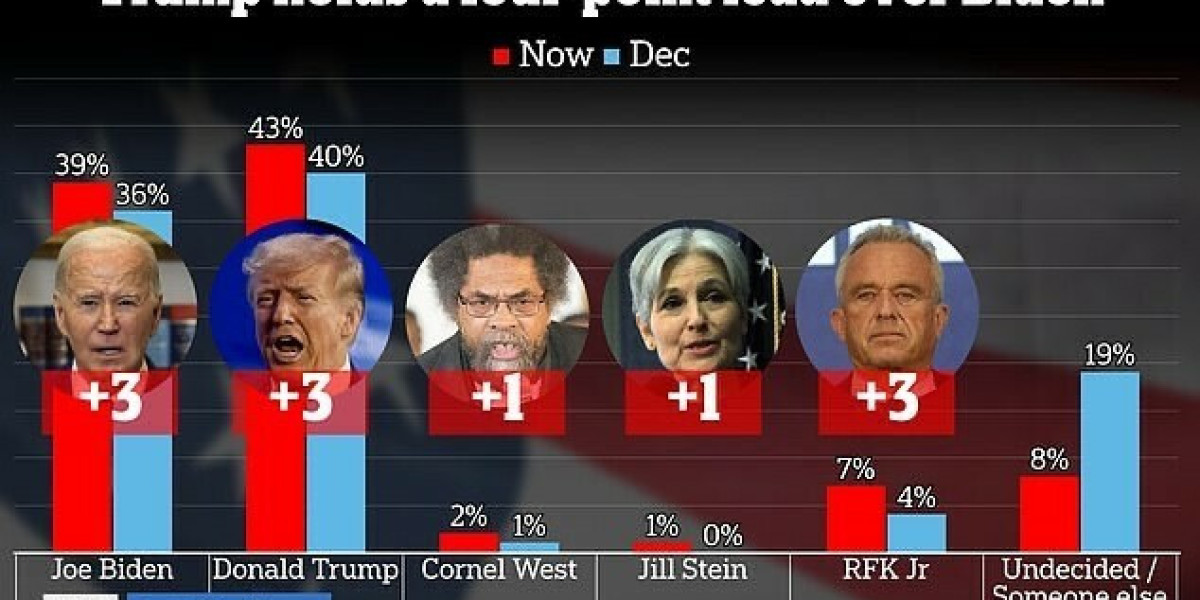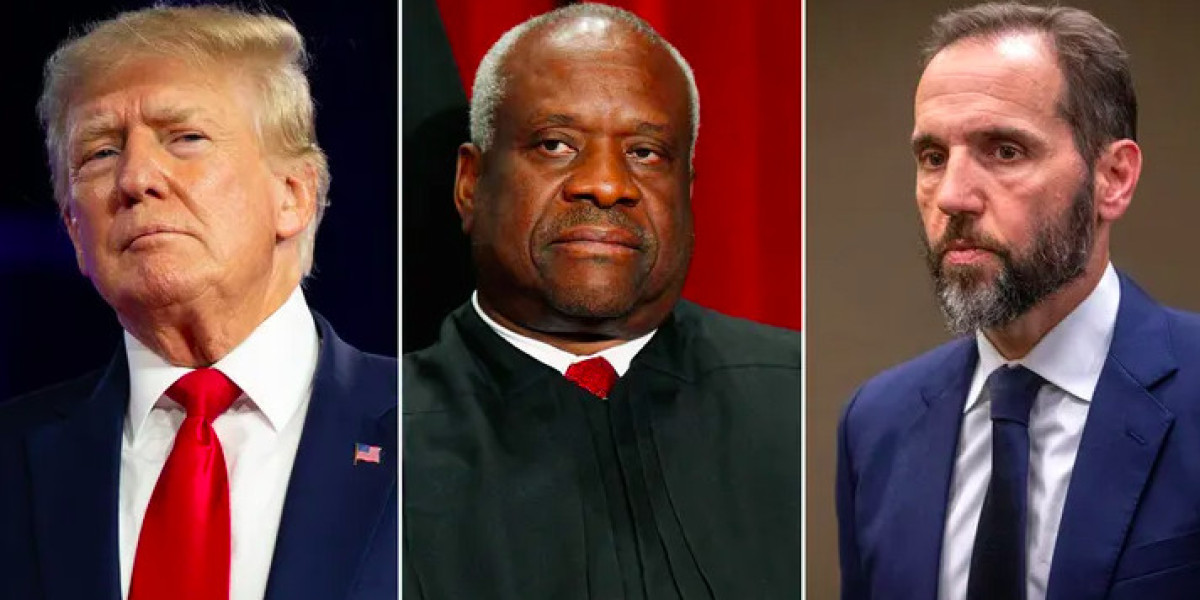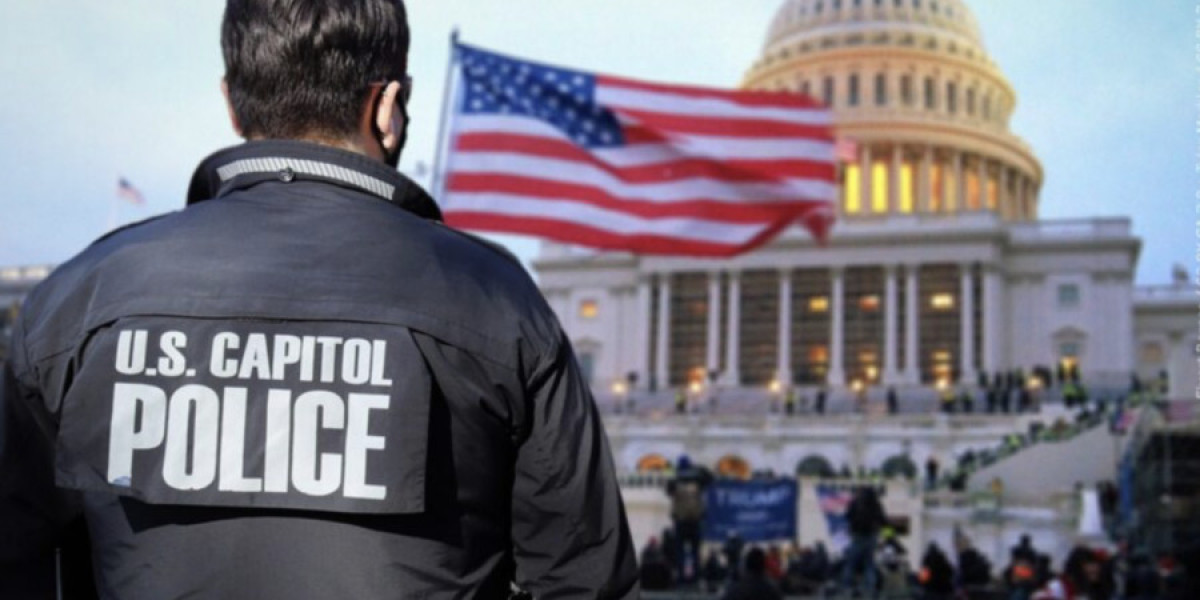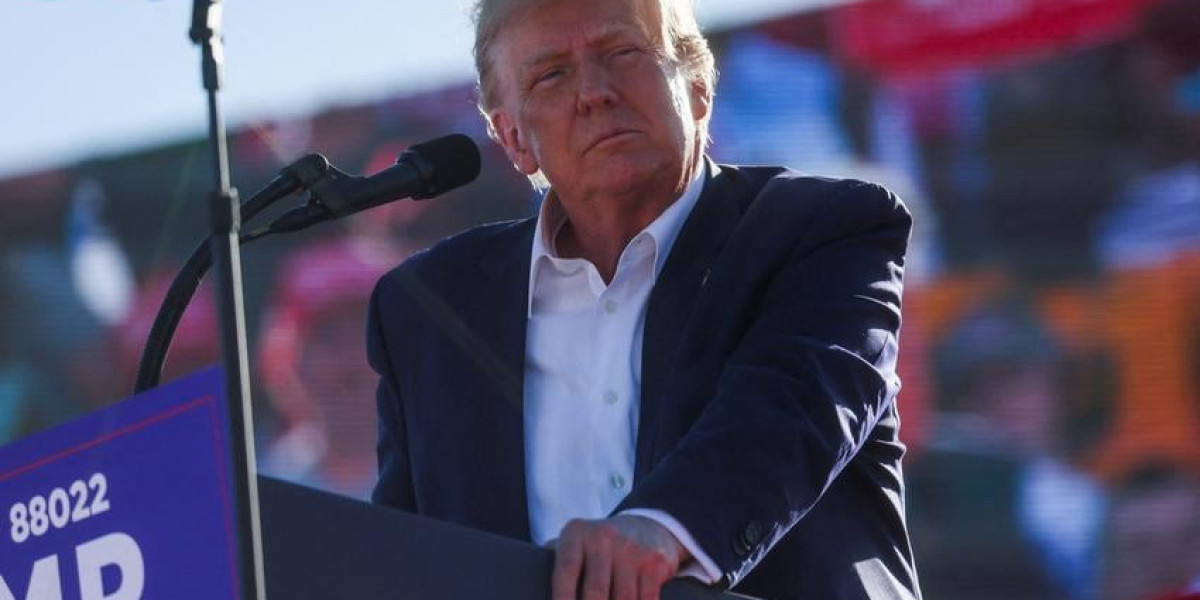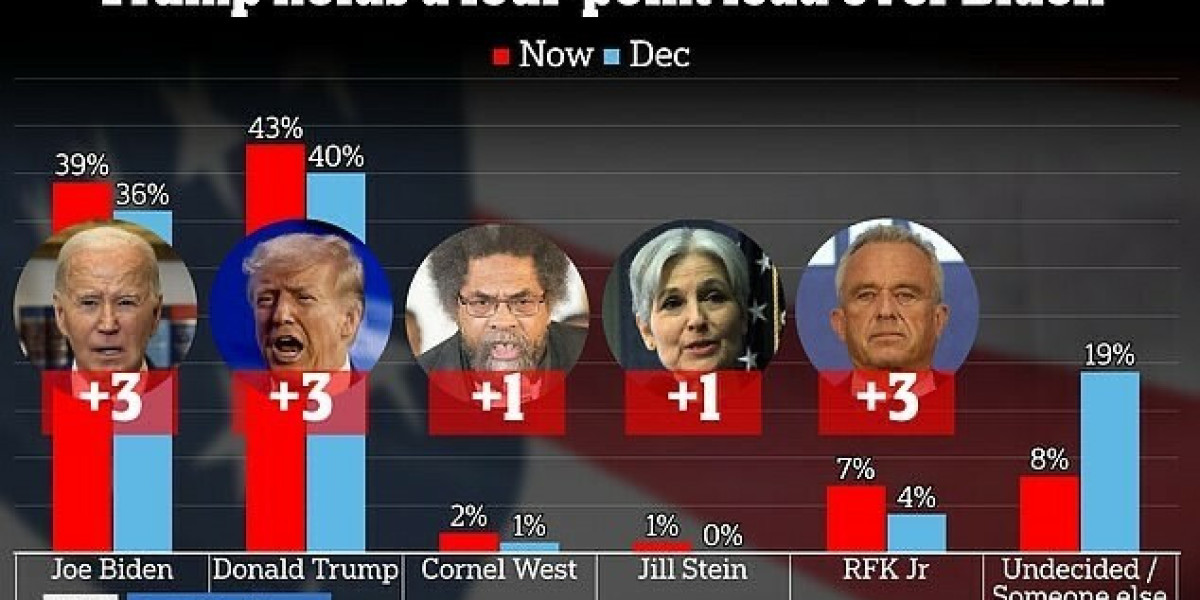In a political climate where the pendulum of public opinion swings with increasing unpredictability, former President Donald Trump's poll numbers are experiencing a notable surge in key swing states.
Trump is up in Georgia by six points and in Wisconsin by four. Biden "leads" in Michigan by two points but that’s margin-of-error land. When Trump names any solid running mate —former Secretary of State Mike Pompeo, Senators Tom Cotton or Joni Ernst, former National Security Advisor Ambassador Robert O’Brien or either of Virginia Governor Glenn Youngkin or North Dakota Governor Doug Burgum— Trump’s momentum will increase.
This resurgence signals a potential shift in the electoral landscape as we approach the next presidential election cycle, and it's something that conservative voters are watching with keen interest.
Recent polls have indicated that Trump's appeal remains robust among voters in battleground states, which were instrumental in deciding the outcome of past elections.
These states, known for their political volatility and ability to tip the scales, are once again showing signs of leaning towards Trump's brand of leadership—a testament to his enduring influence on the American political scene.
The data suggests that Trump's message continues to resonate with a significant portion of the electorate. His stance on issues such as immigration, economic nationalism, and law and order appear to align with the concerns of many conservative Americans who feel their voices have been marginalized by mainstream political discourse.
The former president’s ability to tap into these sentiments has not waned, as evidenced by his rising poll numbers.
In Pennsylvania, for example, a state that played a pivotal role in both the 2016 and 2020 elections, Trump is making considerable gains. His popularity is growing among suburban voters who were previously thought to have shifted away from him. This demographic is critical for any candidate looking to secure victory in such a politically diverse state.
Similarly, in Florida—a state known for its razor-thin margins in presidential contests—Trump’s support base appears to be solidifying once more. The Sunshine State has always been a microcosm of national electoral trends and its current leanings could presage broader national shifts.
Moreover, Trump’s resurgence is not limited to traditional swing states. Even in places like Nevada and New Hampshire, which have trended blue in recent elections, there’s evidence of increased support for Trump’s policies and potential candidacy. This uptick challenges the narrative that these areas are firmly entrenched Democratic strongholds.
It's important to note that while these polls are promising for supporters of Donald Trump, they also reflect an underlying dissatisfaction with current political leadership. Many conservatives feel that their concerns over border security, economic stability under progressive tax plans, and cultural issues are being ignored or inadequately addressed by those currently holding office.
Trump’s ability to communicate directly with this base—often bypassing traditional media channels through rallies and social media—has kept his connection with them strong despite his absence from office. His messaging continues to emphasize themes of American exceptionalism and sovereignty which strike a chord with those who prioritize national interests over globalist agendas.
Critics often point out that polling data can be volatile and does not necessarily translate into electoral success; however, these indicators cannot be dismissed outright. They serve as an early barometer for voter sentiment and can guide campaign strategies moving forward.
The implications of this polling surge extend beyond mere numbers; they suggest a possible realignment within American politics where conservative values may regain prominence after years where progressive ideologies seemed on the ascent. It also raises questions about how both major parties will position themselves going forward—will Democrats seek to reclaim lost ground among moderate voters or will they double down on their progressive base? Will Republicans fully embrace Trumpism or seek a new path?
As we look ahead to future elections, it becomes increasingly clear that understanding voter sentiment—and responding effectively to it—is more crucial than ever before. The rise in Donald Trump's poll numbers serves as both an indicator of current public opinion and a potential predictor of what's to come on America's political horizon.
While some may argue whether this trend reflects temporary disillusionment or deeper ideological shifts within the electorate, one thing remains certain: Donald Trump remains a formidable figure within American politics whose influence continues to shape our nation’s discourse—and perhaps its destiny—in ways few other figures can match.
As we continue monitoring these developments closely without drawing premature conclusions about their ultimate impact or outcome—it is undeniable that Donald Trump’s surging poll numbers represent an essential piece within America’s complex electoral puzzle.
